The lady of the house took a little stroll over the lawn the other day and reported that she found it rather spongy.
I was well aware of that, indeed I mentioned it to you, not in so many words, a week or two ago, indicating that it was in need of scarifying.
I’d better get on with it when it has had time enough to dry out a bit following the recent rains.
‘A guid scratch’
The best way to describe scarifying was intoned by an old colleague when I heard him say “it’s like geein yer heid a guid scratch”.
This can be achieved, if you feel you need some real physical exercise, using a Springbok rake – which has a head consisting of a fan-shaped array of flexible stout wires on the end of a long shaft.
Raking over the lawn briskly with this tool will bring up the accumulated layers of dead grass which causes the physical bouncy, cushioning effect and which is not doing the lawn any good whatsoever.
Fortunately, I have a wee electric gadget like a push lawn mower which takes the hard work out of the job.
Needless to say, after raking off the product of that first up and down pass, when you have had a cuppa and got your breath back, you would then do the same again at right angles to the first path.
Needless to say, the harvested product will make excellent compost or mulch. It is certainly NOT to be disposed of in the council bin.
Enthusiasts might then plan to give the lawn an autumn fertiliser dressing which is formulated to give a slow release, balanced feed to green up and firm up the growth before winter sets in.
Going further down that line, if the lawn tends to get mossy, you might look for an autumn feed which includes iron sulphate – that will burn off the moss.
In a previous garden, we had heavy soil which tended to become compacted and slow-draining.
The lawn was particularly slow to drain, with a tendency to become boggy.
The answer to that situation was to fork it all over making holes.
In some situations the tool for the job will be a garden fork, pushing it down to about 10 to 15cms, giving it a waggle back and forth before removing.
Tedious? YES.
On heavier soils, it may also be advisable to ‘hollow-tine’ the bad areas with a special fork.
This piece of kit is fitted with a set of hollow tines, spaced like a garden fork BUT as you remove it from the ground each time, it brings out a plug of soil.
These plugs are subsequently brushed off and added to the compost heap. The area can then be top dressed with coarse sand which is brushed in to fill the holes whilst still improving the drainage.
Greenkeepers might well need to go to such lengths but I can’t imagine many home gardeners going down this route but, you never know, some keen gardeners might be tempted.
Harvest time
One of the delights in gardening is harvest time whether it be fruit or vegetables.
I have only just finished picking the last of our brambles, rather a poor crop in terms of yield, but lovely fruit ‘for aw that’.
Methinks I might have to move the plants to a better location.
As I have perhaps mentioned in the past, we didn’t have a garden where I was born and brought up but we did have brambles to make jam (sometimes with apples added).
This is the story. At the height of the bramble picking season, Dad and I mounted our bikes, carrying about six chip baskets and cycled out to Carnell Estate, a journey of six or seven miles.
We didn’t enter the grounds but pedalled up a little side road, parked the bikes and jumped down into a ditch which ran along the estate fence.
Usually dry at this time of year, the side wall and fence were coated with wild bramble bushes with gorgeous berries there for the picking, just about chest height.
The full baskets were loaded on the handlebars and carriers of our bikes and off we pedalled back home.
Grannie got a basketful, our neighbour got one as well. Some of the finished product went to friends and fund-raising sales but we never ran short.
I can still picture that location but how did we get to know about it?
Carnell Estate, near Mauchline in Ayrshire, at that time, was famed for having the longest herbaceous border in the country.
My dad being a gardener was very friendly with the estate head gardener who ‘spilled the brambles’.
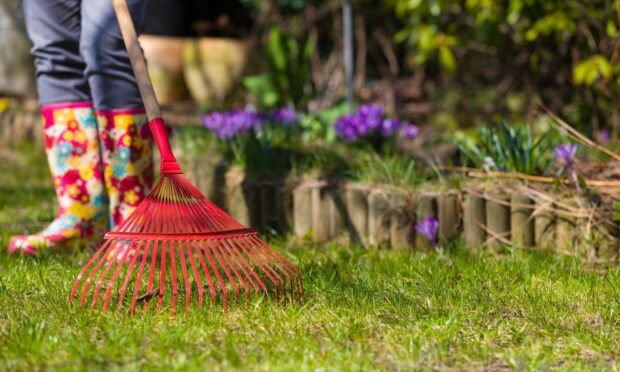
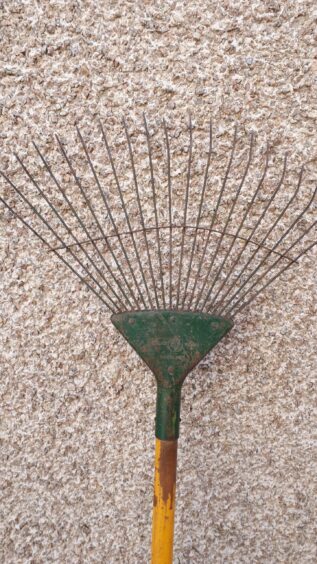
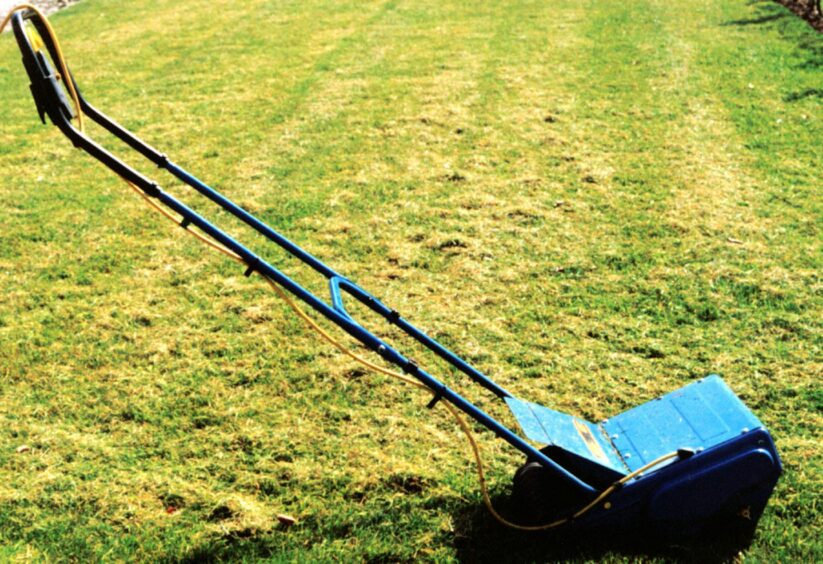



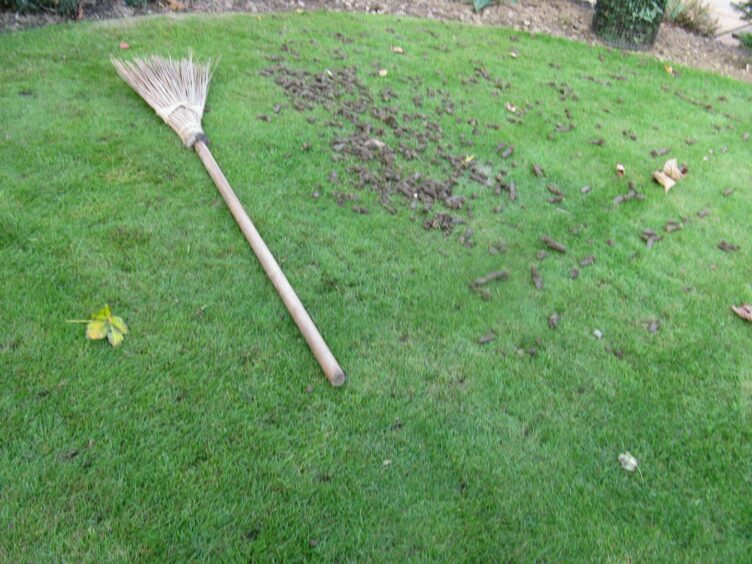

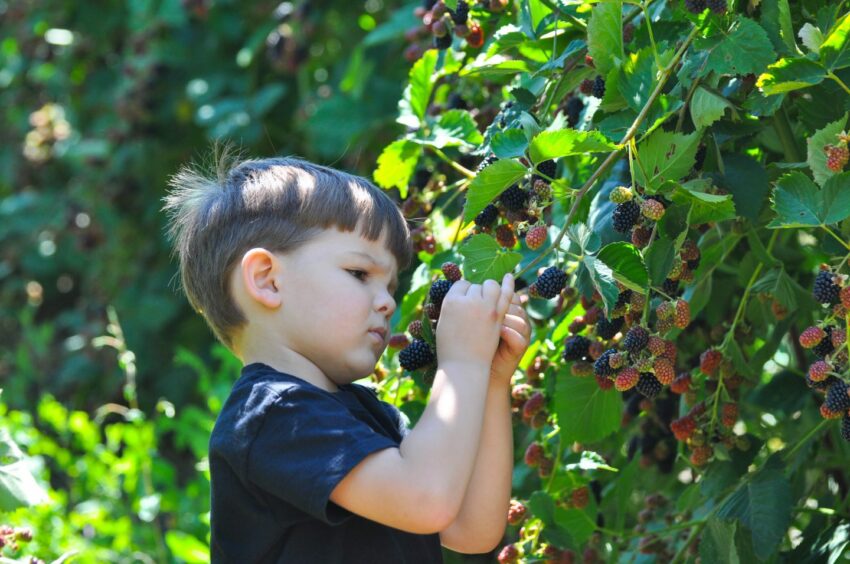

Conversation